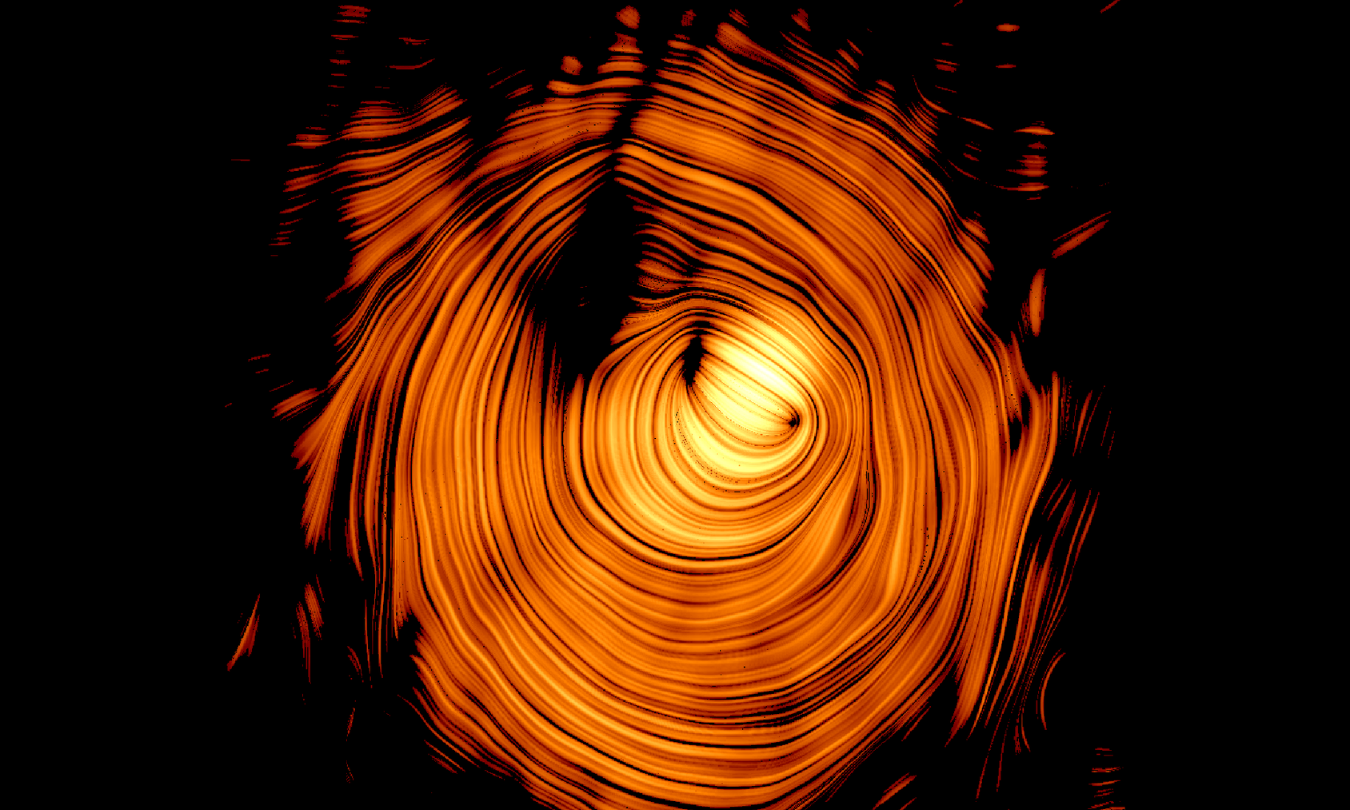Astrophysics Breakthrough: The Blazar That Defies Expectations!

Have you ever wondered how a seemingly slow-moving cosmic phenomenon can be one of the brightest sources of high-energy gamma rays and cosmic neutrinos in the universe? Astronomers have just cracked the case of the blazar PKS 1424+240, a celestial wonder that's been puzzling scientists for years!
In a groundbreaking study published in the journal Astronomy & Astrophysics Letters, an international team of researchers has shed light on this enigmatic blazar, located a staggering billions of light-years away. This remarkable entity not only stands as the brightest known neutrino-emitting blazar, but it also dazzles astrophysicists with its intense high-energy gamma rays, all thanks to the keen observations made by the IceCube Neutrino Observatory and ground-based Cherenkov telescopes.
What’s truly baffling about PKS 1424+240 is that, despite its dazzling emissions, its radio jet appears to move at a snail's pace. This paradox challenges the common belief that only the fastest jets can produce such overwhelming high-energy outputs. But how could something so slow be so bright? That’s where the magic of modern astronomy comes into play.
After 15 years of ultra-precise radio observations using the Very Long Baseline Array (VLBA), researchers managed to piece together a stunningly detailed image of this jet. The lead author of the study, Yuri Kovalev, expressed his excitement, stating, ‘When we reconstructed the image, it looked absolutely stunning. We have never seen anything quite like it — a near-perfect toroidal magnetic field with a jet, pointing straight at us.’
This extraordinary alignment of the jet towards Earth significantly amplifies its brightness due to the effects of special relativity, effectively turning what appears to be a slow-moving jet into a cosmic powerhouse. Co-author Jack Livingston elaborated, ‘This alignment causes a boost in brightness by a factor of 30 or more. At the same time, the jet appears to move slowly due to projection effects — a classic optical illusion.’
This rare geometry allowed scientists to peer directly into the jet's core, unveiling a treasure trove of information. Utilizing polarized radio signals, the team successfully mapped the structure of the jet’s magnetic field, revealing a likely helical or toroidal shape. This configuration is crucial as it plays a pivotal role in accelerating particles to extreme energies, which may be responsible for the observed high-energy neutrinos.
Kovalev concludes that this discovery confirms that active galactic nuclei with supermassive black holes don’t just accelerate electrons but are also responsible for boosting protons — the very foundation of the high-energy neutrinos we observe. This just goes to show how interconnected the universe is, with phenomena we've yet to fully comprehend.
This achievement marks a significant milestone for the MOJAVE program, a long-term effort dedicated to monitoring relativistic jets in active galaxies. By employing the technique of Very Long Baseline Interferometry (VLBI), which connects radio telescopes across vast distances, scientists can achieve the highest resolution available in astronomy and probe the intricate details of these distant cosmic jets.
Anton Zensus, the Director at the Max Planck Institute for Radio Astronomy and a co-founder of the program, expressed his enthusiasm: ‘I am thrilled that MOJAVE continues to produce groundbreaking results. We began this project in 1994 — long before the first cosmic neutrino was even detected. And now we’re uncovering the mechanisms behind these incredible phenomena.’
The findings strengthen our understanding of the interconnections between relativistic jets, high-energy neutrinos, and the role of magnetic fields in shaping cosmic accelerators, propelling the field of multimessenger astronomy into new territories of discovery.
As we continue to explore the cosmic wonders around us, one thing is clear: the universe never ceases to amaze, and each discovery unlocks new doors to understanding our place in the grand expanse of existence.




























